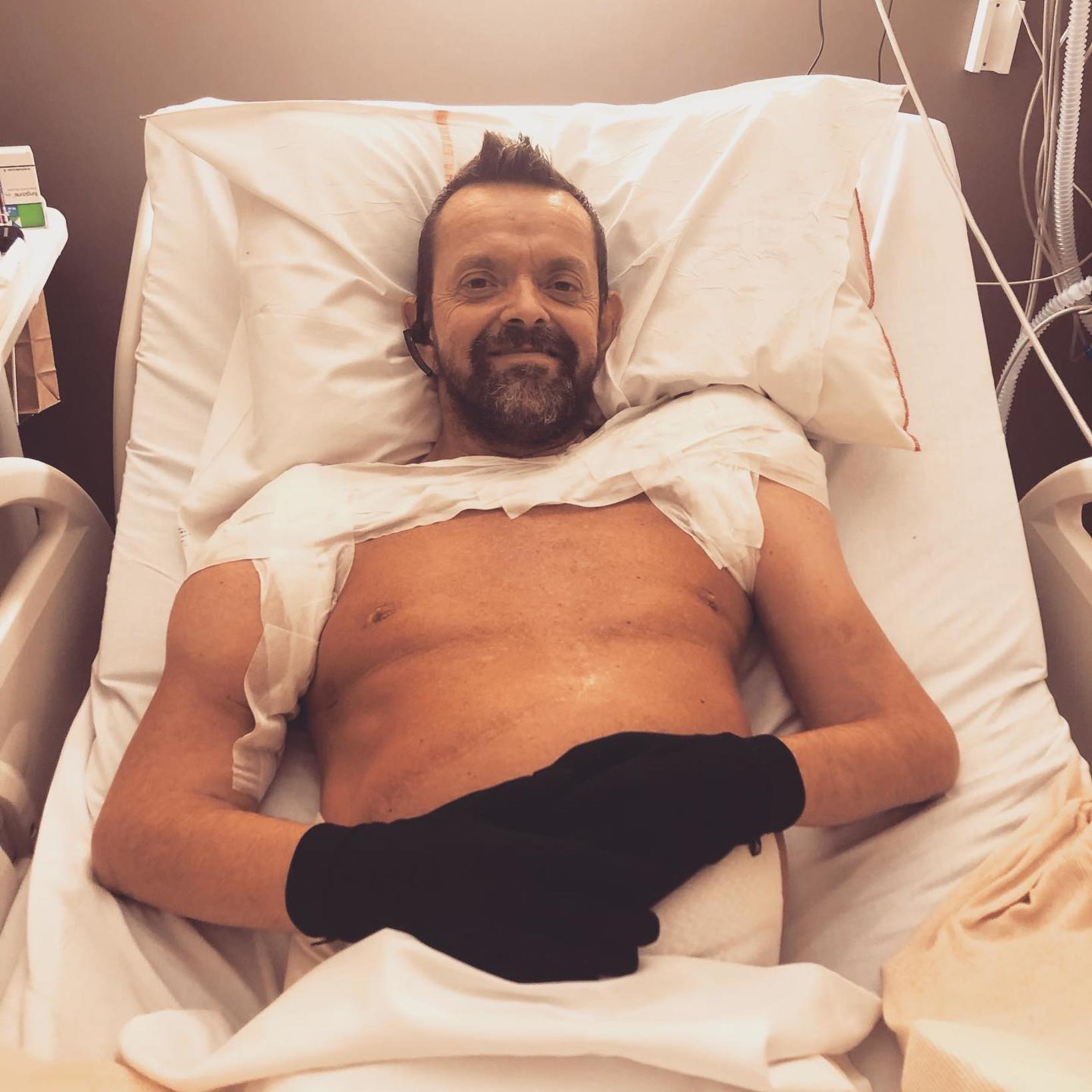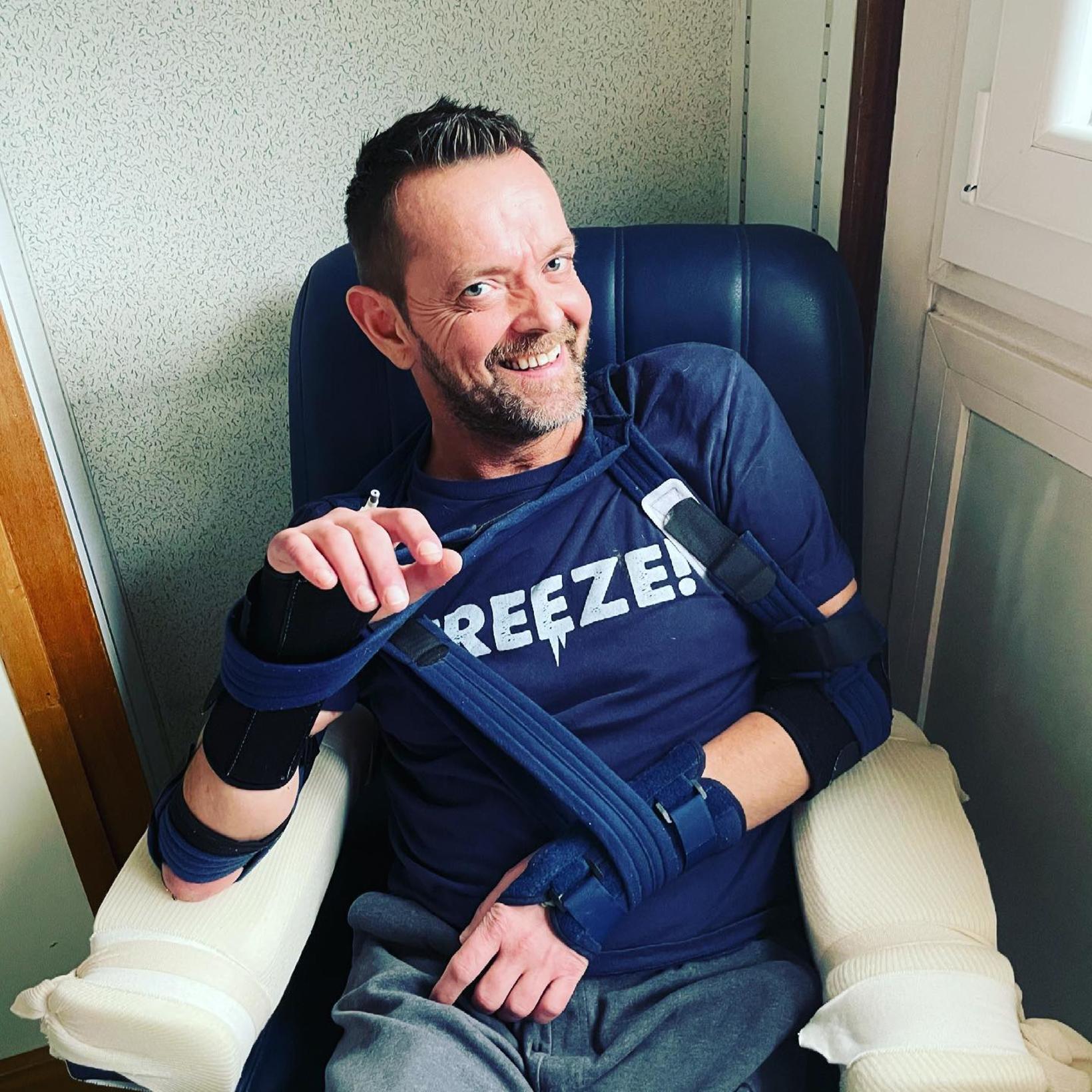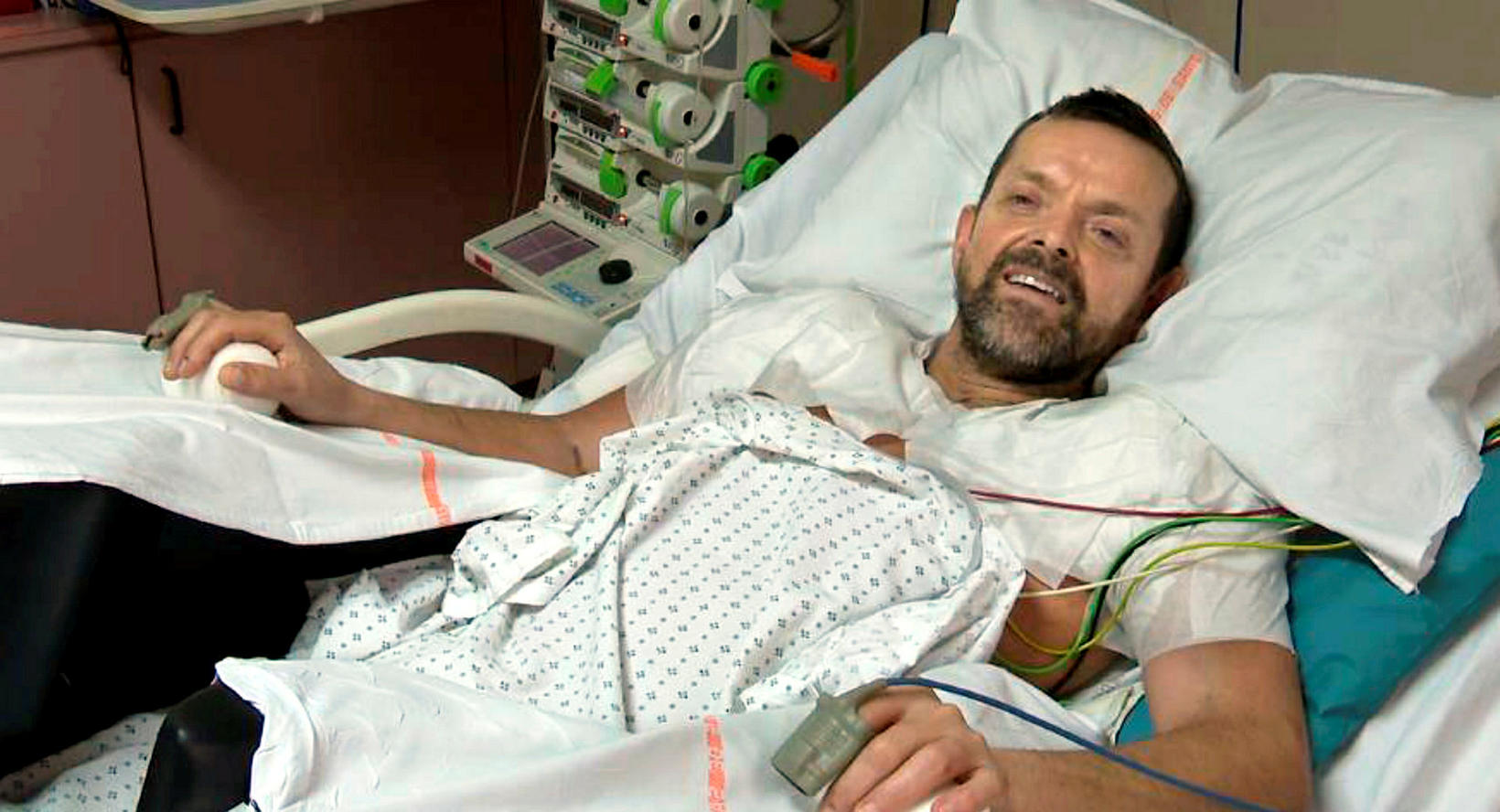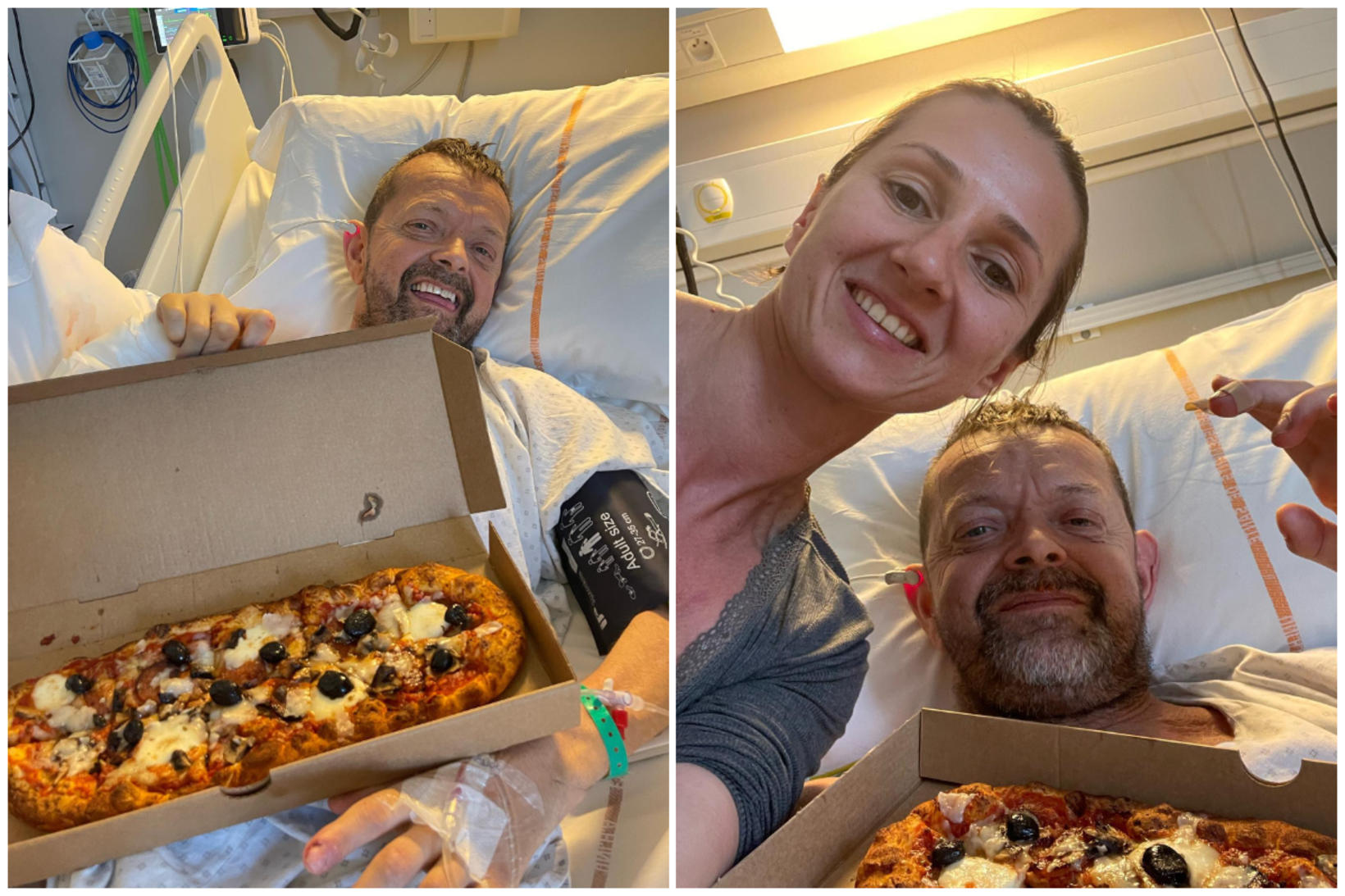Severe relapse after the hand transplant
“A few weeks ago I started swelling around my nails and as a result they started falling off,” says Guðmundur Felix Grétarsson in a video entry posted on his Facebook page last Thursday.
Over two years have passed since Grétarsson’s hand transplant, but now he is facing a setback, with doctors saying is caused by an infection.
Had little concern to begin with
“At the weekend I started to see red dots and at first I wasn’t worried much, but then it started to get worse and spread.”
After sending his doctors pictures, a biopsy was taken and now Grétarsson has started steroid treatment to stop the infection to prevent his body from rejecting his arms. The problem seems to lie at the root of the nails.
Hopes that the medication will work like a miracle
Grétarsson says he hopes for the best, but there is a possibility that he may lose his arms. However, he says that his hands work well despite this setback. The doctors have added a significant amount to his medication, from five milligrams to five hundred milligrams a day.
Grétarsson also says that this is not the first time that such symptoms of rejection have occurred in him, but it is normal that this can happen in the first few weeks after transplant. It is not normal for the symptoms to appear more than two years after surgery.
“At the moment, I don’t know anything, but I hope the medication will work like a miracle,” Grétarsson says, promising to let people follow his situation.
He will be in the hospital for a while
Grétarsson will be in the hospital for some time because of his strong medication intervention due to this condition. When he can go home he will get a stronger dose of medication than he normally takes.
He says that even though it is very unusual that the body starts to reject its transplant after this long time has passed since the operation it is, however, not unheard of. He knows of instances where people have lost their transplant after two years and then also after 13 years. He says, however, in those cases people had not been taking their medication regularly, got symptoms and did not do anything about them immediately or they were smokers. None of those things apply to his situation.
No reason to freak out
“There is no reason to freak out, while we still are within the perimeters of the options we have in this situation,” and he mentions a friend of his who had a hand transplant a few years ago, who got similar symptoms by losing his nails just like him. The medication treatment worked in his friend’s case.
Grétarsson’s symptoms are what is called an urgent rejections because of the red spots that are seen on his hands. Then medication can intervene, but if rejection reaches a second stage, called chronic rejection, nothing can be done except to take the transplants.
"That's probably not the point," he says, adding, though, that the uncertainty is high.
"You've put tears, sweat and work into it. It's not the best situation to be in."
Muscular atrophy
Grétarsson has been very good at sharing entries about how life goes after the hand transplant with his followers.
He decided to let people follow him at the outset, especially for others who will go through the same experiences, as it can be difficult to find out what to expect.
Asked how the last two years have been, Guðmundur says that the most amazing things have happened. However, there has been a lot of muscle loss in the hands themselves.
“I started to be able to move fingers and other things a little while ago, but these are muscles that I actually have in my forearm that bend my fingers, he says, adding that the small muscles in his fingers themselves have become much smaller.
Grétarsson has had certain stimulation with electrical waves to his muscles that have no nerves right away from the moment he received the transplant to slow the degeneration process.
He says that some time ago his hands stopped giving out a reaction as his muscles were so small.
Missing the connection to the brain
“So just a few weeks ago, we get a reaction to these muscles with a program that is tuned to muscles that already have nerves,” says Guðmundur, adding that he now just needs a connection to these muscles in his brain.
He says that the nerves only grow somehow, and for example, if he bites the thumb, he feels the pain in his index finger.
“Just because my muscles are strong and they’re not dead, that means I will be able to work them up to some extent again,” says Grétarsson, adding that he trains five days a week to strengthen his muscles.
“Then in the middle of this party I start to get all these red dots on my hands,” he says, confessing that it is a certain emotional roller coaster.
“It’s a big deal, but it’s a pleasure nonetheless,” he says.
Excruciating pain and the elbow has tripled in size
Last Saturday Grétarsson said that one of his elbows had tripled in size due to infection and that the pain he suffered is unbearable. This is what he reports on social media.
According to Guðmundur Felix, the dose of steroids he received in the last three days should be sufficient for a four-year period. He says that the possible medication invention prevents the body from rejecting the arms.
Now he has an elbow infection and had surgery Saturday night to release fluids that have been produced there so that antibiotics can get around the arm freely.
Grétarsson, his wife Sylwia Gretarsson and the pizza that was welcomed after a 36 hours fast. Facebook/Guðmundur Felix
Finally food on Sunday
Yesterday Grétarsson celebrated a pizza in the hospital after fasting for 36 hours due to the operation on Saturday night.




/frimg/1/25/91/1259100.jpg)









